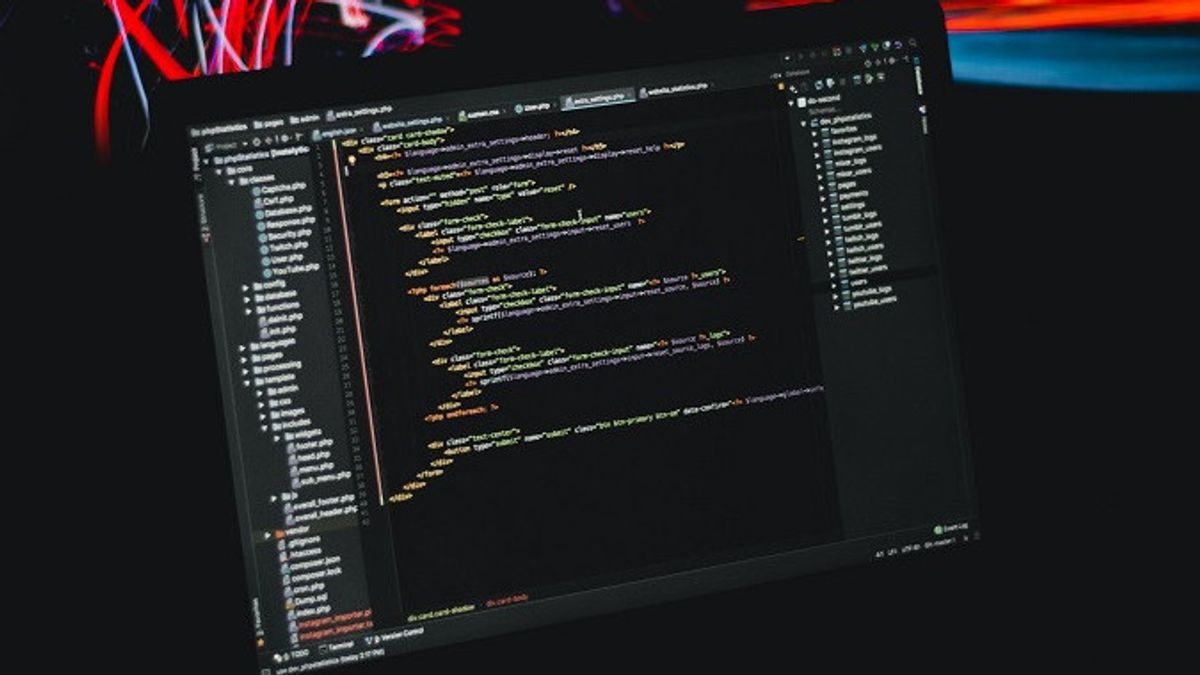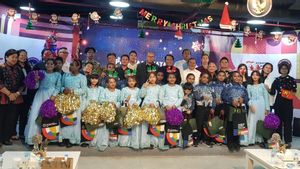JAKARTA - After two months of surprising the public with ChatGPT, now OpenAI is launching a new feature called the classification of Artificial Intelligence (AI) or AI Text Classic. Users can distinguish between essays written by humans or AI.
However, the California-based startup, United States (US) admits the AI Text Classicer is inaccurate or not perfect. The tool is now still working in English and is backed by an engine learning system that takes input and assigns it to several categories.
In this case, after attaching text contents such as essays made by students to new tools, it will give one in five results, which are likely to be produced by AI until it is not produced by AI.
AI Text Classic like ChatGPT, is an AI language model trained on many publicly available text examples of webs. But unlike ChatGPT, this is adapted to predict how likely a piece of text is produced by AI, not only from ChatGPT, but any text-producing AI model.
More specifically, OpenAI trains AI Text Classifier on text from 34 text-producing systems from five different organizations, including owned by its own company.
This text is paired with a similar but not exactly the same human text from Wikipedia, websites extracted from links shared on Reddit and a series of human demonstrations collected for previous OpenAI text-producing systems.
Most importantly, AI Text Classic will not work on any text. It takes at least 1,000 characters, or about 150 to 250 words. Of course, the tool does not detect plagiarism.
OpenAI revealed that there will most likely be an error in the text written by students or in languages other than English.
This feature, said the director of policy research at OpenAI, Lama Ahmad, is a request from educators. He once again warned that the tool was not perfect with a success rate of only about 26 percent.
"We really don't recommend taking this tool separately because we know that it can be wrong and sometimes go wrong, such as using AI for any assessment purposes," Ahmad told CNN International.
"We emphasize how important it is to keep humans in a circle and that's just one point of data among many others."
Ahmad stated that several teachers had referenced examples of student works and previous writing styles to measure whether they were written by students. While new tools may provide other reference points.
"The teacher must be really careful in bringing him into the academic spending decision," said Ahmad.
Launching TechCrunch, as generative AI develops, mainly text producers, many critics have asked the manufacturer of the tool to take steps to reduce potentially harmful effects.
Some of the largest school districts in the US have banned the use of ChatGPT on their networks and devices, fearing it will have an impact on student history and the accuracy of the content the tool produces.
As OpenAI explains, while current AI Text Classifiers can help under certain circumstances, however, they will never be the only reliable evidence in deciding whether the text is generated by AI.
It is not known for sure when OpenAI will launch this new feature perfectly, and whether the AI Text Classifier can be accessed for free users or the Professional ChatGPT, aka paid.
The English, Chinese, Japanese, Arabic, and French versions are automatically generated by the AI. So there may still be inaccuracies in translating, please always see Indonesian as our main language. (system supported by DigitalSiber.id)








